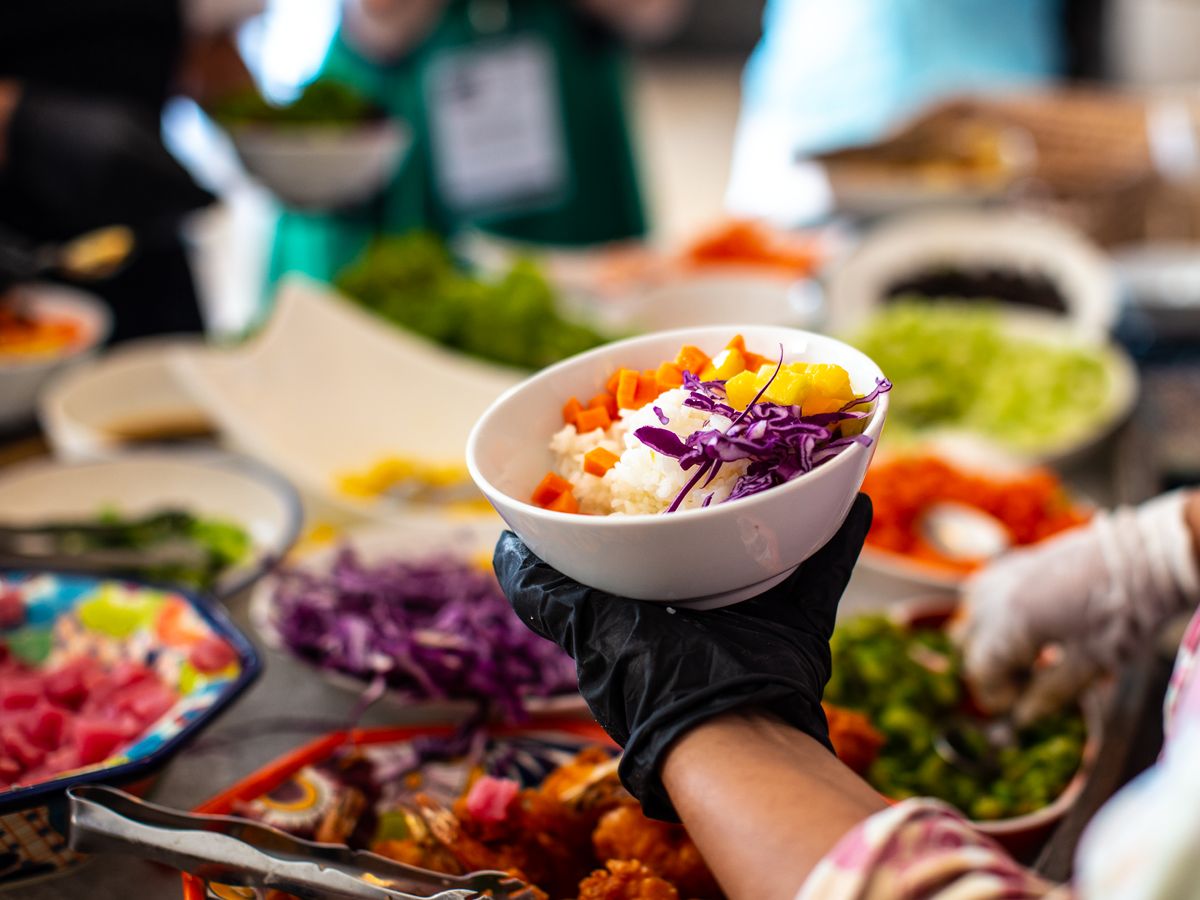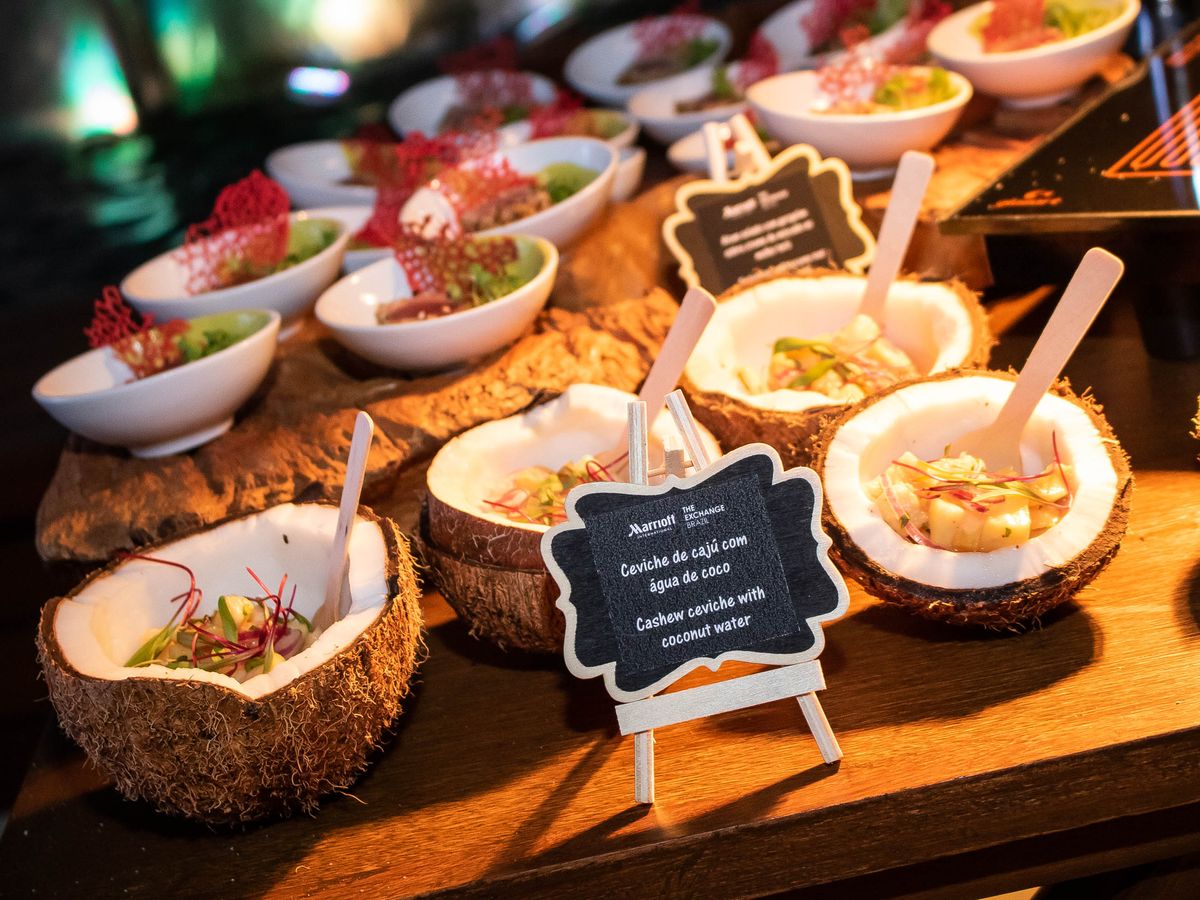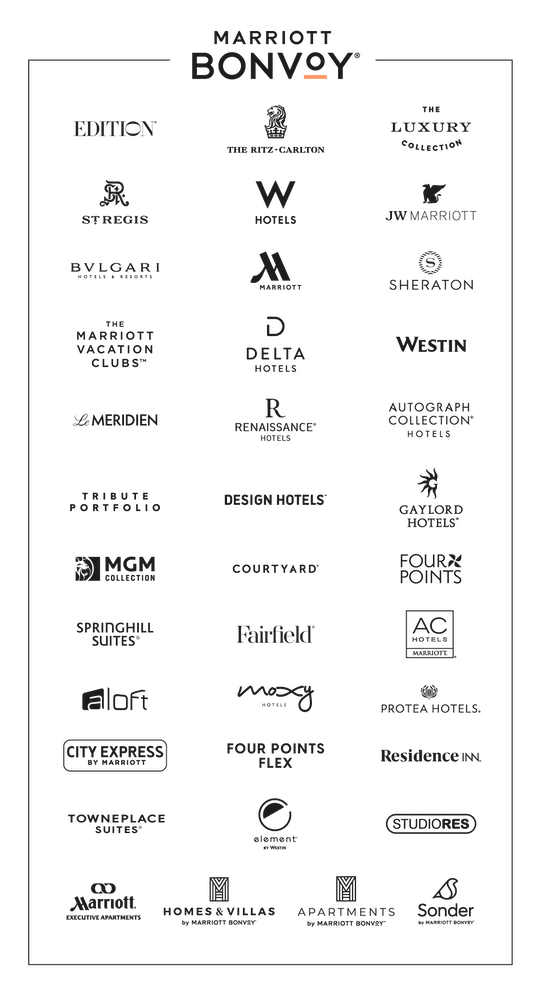Make Your Menu More Inclusive
Meeting planners are no strangers to specialty menus and dietary requests. Whether it’s medical concerns such as allergies and celiac disease, religious restrictions such as halal and kosher diets, or just personal preference, a significant portion of people follow a restricted diet of some sort.
While it might not be possible to cater to every food restriction, a mindset shift might help you see menu planning in a different light: Think of menus not in terms of restriction, but in terms of inclusivity.
Whether someone’s dietary restriction is medical, cultural, or personal in nature, your job as a meeting planner is to deliver an event your attendees will remember—something that’s impossible if they’re not properly nourished. Read on to learn the basics of creating a menu that will make all your attendees feel included.
Talk It Out: Pre-Event Communication
- Ask your attendees what they need. If you’re not already asking attendees about dietary restrictions during registration, start now. It may be tempting to use an open text box to solicit preferences, but doing so can lead to misinterpretation. Instead, use a broad swath of opt-in fields (shellfish allergy, vegan, etc.) for attendees to clearly identify needs and use the text box to capture outliers.
- Give your hotel partner and catering team a heads-up. The more notice you can give them, the better, but codifying lead time into your contract can help avoid confusion down the line.


Get Thoughtful: Menu Planning
- Make inclusive foods the base. No one dish addresses all dietary needs and preferences, but beginning with an inclusivity mindset will lead you to meals that require fewer workarounds to satisfy the most people. For example, making all entrees plant-based—with an option for meat-focused add-ons—flips the traditional script of beginning with meat and putting vegetarians into the “other” category.
- Evaluate the most common allergens. While it doesn’t matter why your attendees can’t eat a certain food, allergies can be deadly. There may not be a need to eliminate the most common food allergies—peanuts, tree nuts, shellfish, fish, eggs, milk, sesame, soybeans, and wheat—from your menu, but making them add-ons instead of the base of what you have available is considered inclusive.
- Look for crossover opportunities. Low-carb and gluten-free diets have a natural overlap, as do vegetarian and kosher menus (with a little planning). You don’t have to have a separate menu for every type of diet out there, just options suitable for all.
- Let delegates DIY. Buffets and semi-buffets allow guests to assemble particularly tricky elements of a meal. For example, a sandwich bar with different types of bread (including gluten-free) and fillings (with ample vegetarian and kosher options) or the classic salad bar.


The Big Day: On-Site Considerations
- Label everything. Empowering attendees to select the foods that are right for them removes a bit of the burden from you and grants them full transparency. Labels should include all ingredients, including the type of oil used in frying and sautéeing. Avoid making exaggerated claims, particularly around allergies and medically related claims. For example, don’t label a dish “gluten-free”—even if the dish doesn’t have any gluten-containing products—unless the kitchen that prepared it is versed in cross-contamination.
- Group sensitive foods together. At a salad bar, this might mean grouping nuts, seeds, and croutons at the end of the line, with plain vegetables up front. This also lessens the chance that people will use inappropriate utensils to transfer food to their serving plates.




The following brands do not participate in Marriott Bonvoy™ Events: Design Hotels, Marriott Executive Apartments, Residence Inn, TownePlace Suites, StudioRes, Bulgari Hotels & Resorts, The St. Regis Residence Club, The Phoenician Residences, a Luxury Collection Residence Club, Scottsdale, The Ritz-Carlton Club, The Ritz-Carlton Yacht Collection, and Homes & Villas by Marriott Bonvoy. For a full list of participating and non-participating brands, please click here.